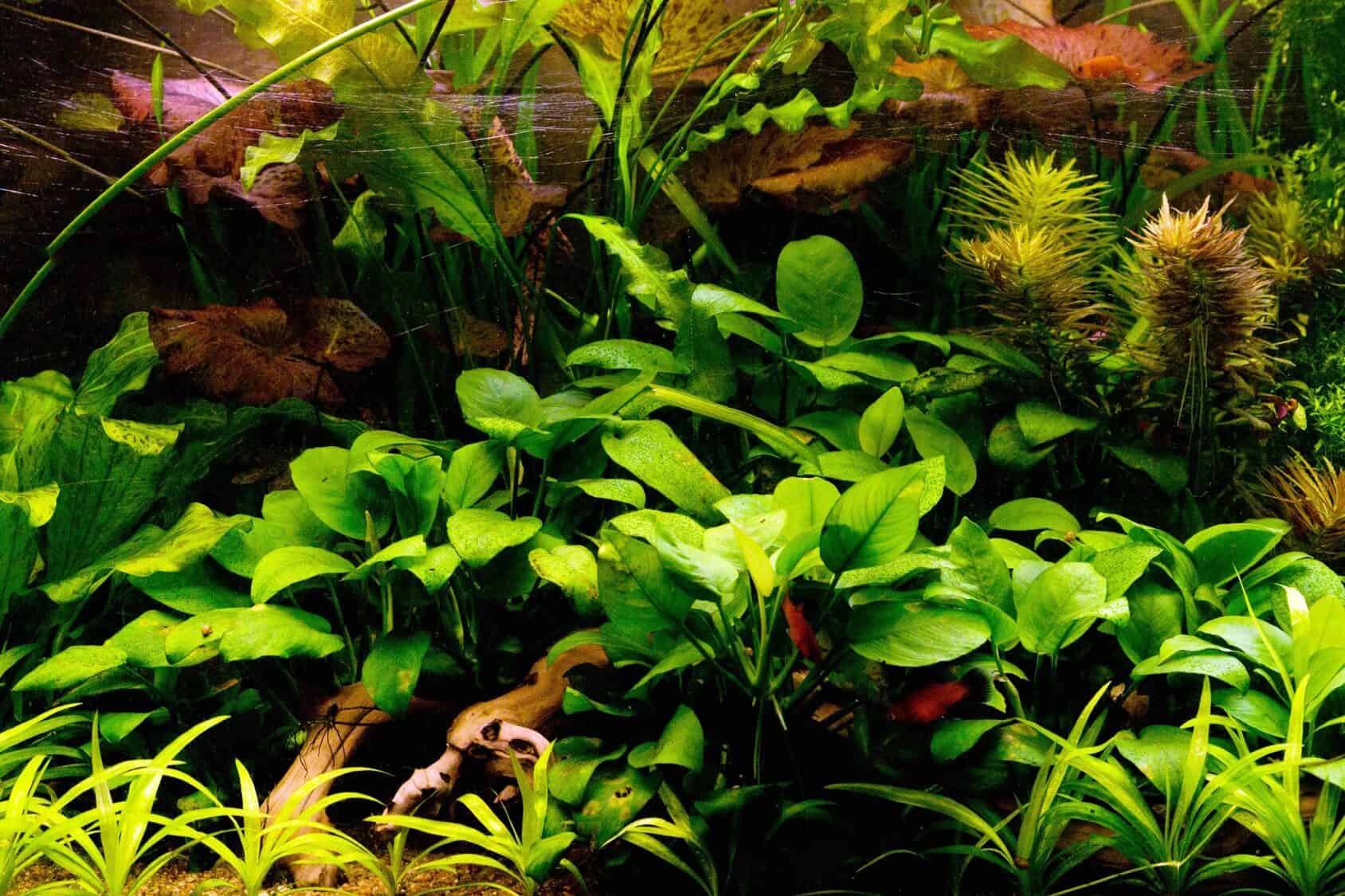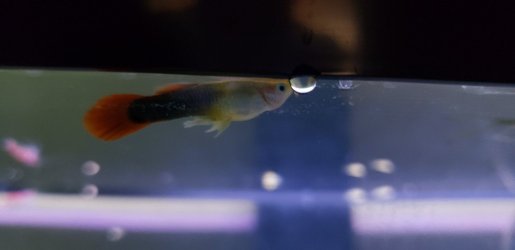Anubius is a very slow growing plant, so not much help when it comes to improving water quality.
What you're looking for is fast growing plants. Those will suck up the ammonia the fish produce, faster than the beneficial bacteria (BB) can consume it even, given enough of the right plant matter.
Fast growing stem plants such as elodea, hornwort, guppy grass - these grow almost in front of your eyes, so they can really help a great deal in improving water quality, along with providing hiding places and shade for your fry and fish! Really easy to care for, most don't even need planting, and will happily grow if just left floating in the tank.
Floating plants like amazon frogbit, salvinia, red root floaters etc are also brilliant for sucking up ammonia, while giving the fish a sense of safety from predators above (they don't know that there aren't any!) and providing shaded areas in the tank. All easy plants for someone new to live plants.
But no matter how well planted, nothing can replace or eliminate routine tank maintenance. Water changes aren't just for lowering nitrate levels, there are all sorts of different things that can build up in the tank without regular changes, and substrate still needs to be cleaned, plants maintained etc.
@Naughts is spot on about old tank syndrome, and the need to slowly and carefully increase the volume of water changes over time, so the fish can gradually adjust to the changes in water chemistry. After some time of doing those daily changes and
slowly increasing the amount of water you change each time and the water parameters stablise, you'll be able to go to routine weekly changes. That will keep your water chemically close to your source water, which is crucial if you ever have a disaster that requires a large water change, because again, sudden changes shock fish, and lead to dead fish.
As for shrimp, now that they're breeding, there will always be tiny shrimplets in there that you're scared of sucking up! No way to avoid it that I've found, and believe me, I've tried! The method I use is to use white buckets, making it easy for me to spot them along the mulm and debris, with a strong light over the bucket, and fishing them out to return them to the tank! They don't appear to suffer any ill effects from their trip through the syphon! It does add a HUGE amount of time to water change day though...!





